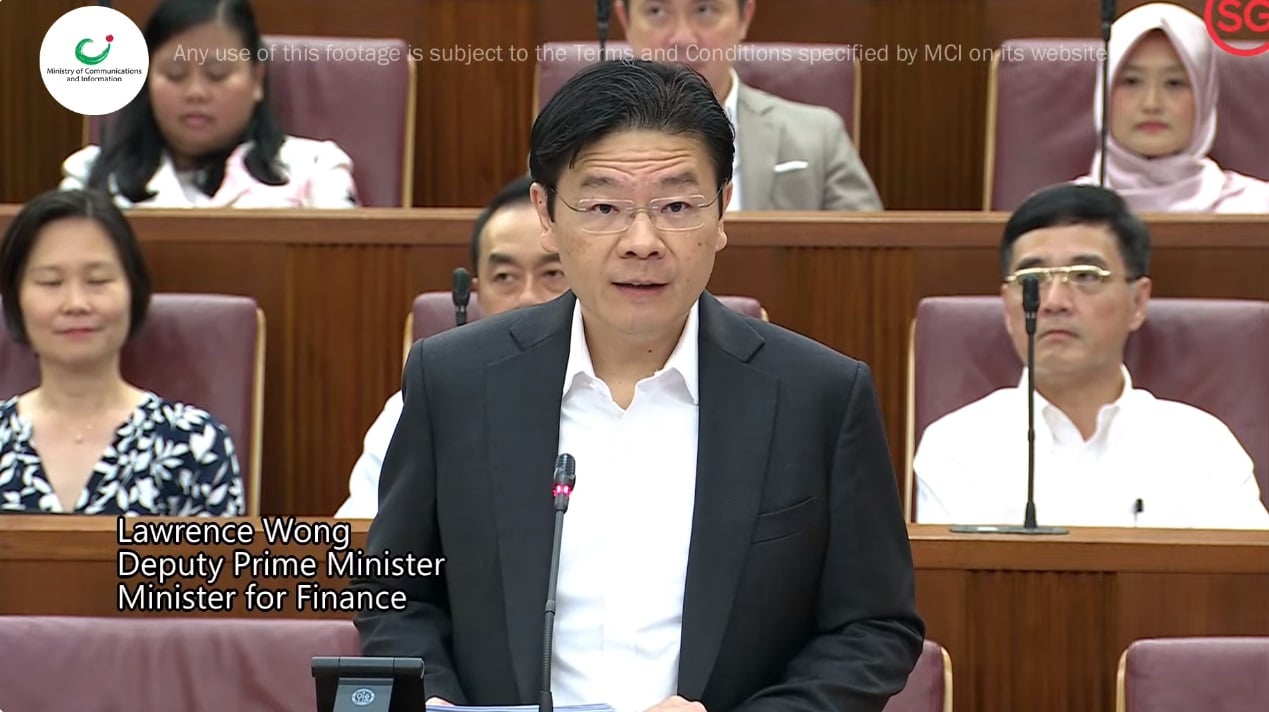The 10 percent increase in Tobacco Tax that the Minister of Finance Heng Swee Keat announced in his Budget 2018 speech is unlikely to make any difference. The small percentage of increase is likely to have only a modest effect on decreasing smoking prevalence in Singapore and the effect is likely to be temporary only.

And the main reason is that the increase is simply too little. When calculating at what level to increase the taxes to impose a material deterrent effect, it is important to look at the increases in real income. Said Andrew da Roza, a psychotherapist and member of several expert committees dealing with addiction, including the Singapore Anti-Narcotics Association
It is true that several scientific studies have shown strong evidence of a predictable correlation between increases in cigarette taxes and decreasing in cigarette consumption but there is also a number of things that should be taken into account when executing such measures.
For example, the last Tobacco tax increase in Singapore was in 2014 and it was also 10 percent but the Median household real incomes from work, per household member, increased 20 percent between 2014 to 2017.
That means cigarettes is still affordable because they incomes increased more than the taxes.
In fact, the tax is one of the few areas that Singapore is not meeting the World Health Organisation recommended tobacco controls, under the WHO Framework Convention on Tobacco Control.
Singapore’s cigarette tax incidence is 66 percent and the WHO recommendation is a minimum of 70 percent.
A pack of cigarettes in Sydney today costs S$31 (versus Singapore’s current cost of S$10 – S$13) and it will cost SGD$42 by 2020.
It is not clear whether Singapore is willing to support similarly Draconian tax increases, of course, one possible risk of doing so is that it could encourage a bigger black market in cigarettes.
So large increases in cigarette prices can be considered socially divisive and widely unpopular.
In the 20 years before 2010, smoking among females had increased 22 percent; 24 percent of men smoked daily in 2010; smoking prevalence of young adults (aged 18-29) increased 33 percent between 2004 and 2010 prevalence ; and today, seven out of the ten top diseases in Singapore – including diabetes – are smoking-related.
Giving smokers choices to quit rather that financially penalising them for an addiction they cannot control is more in keeping with a compassionate and cohesive nation – but it is also so much more effective.





